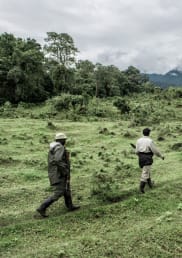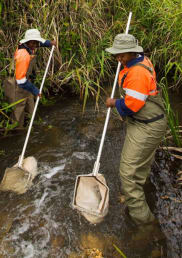Understanding resilience in climate change and conflict-affected regions of Nepal - Geopolitics 19(4)
This article aims to contribute to the understanding of resilience building by drawing on case studies from Banke, Dang and Rolpa districts in Nepal.
In the face of global climate change, strengthening community resilience becomes increasingly important, especially in conflict-affected countries with fragile governance. Nepal is such a country, recovering from a decade of civil war while facing several climate and environmental risks, including floods, droughts and landslides.
We aim to contribute to the understanding of resilience building by drawing on case studies from Banke, Dang and Rolpa districts in Nepal. We conducted field research to compare the resilience of the districts. None of the analysed approaches to strengthen the resilience are without unintended consequences. The provision of rice in Rolpa increases food security but also creates local preferences for rice that cannot be met sustainably. In Dang and Banke, aid resources themselves have become a source of conflict.
We conclude that a more holistic understanding of local realities is needed to minimise unintended effects and strengthen resilience under challenging governance and (post-)conflict conditions.
Please note: this publication is hosted externally, and can only be accessed by those logged in to Taylor & Francis Online.






